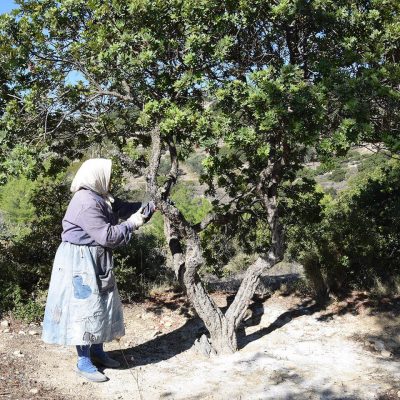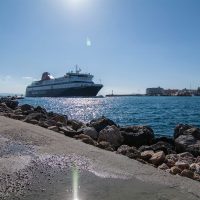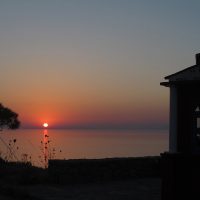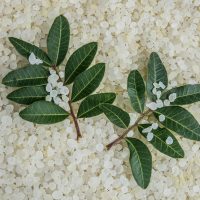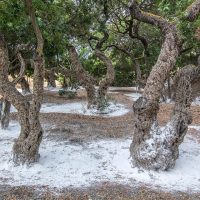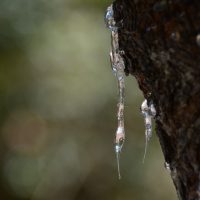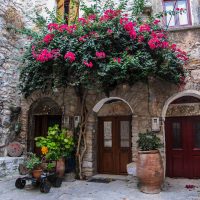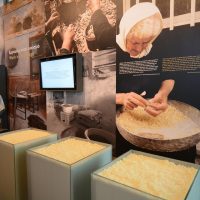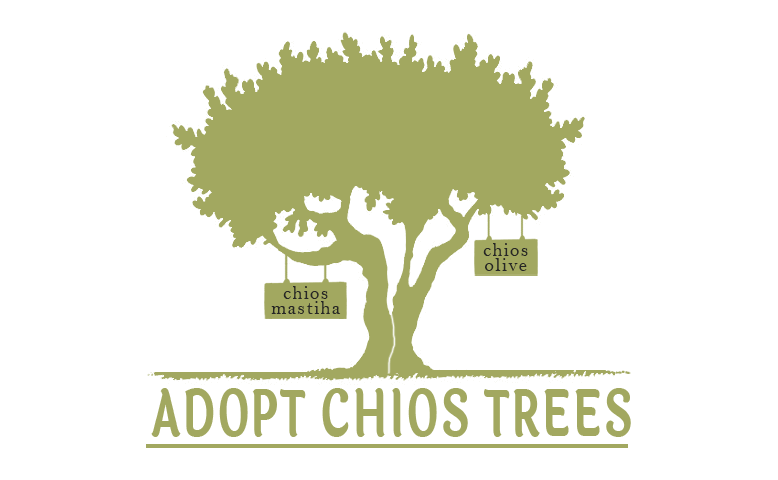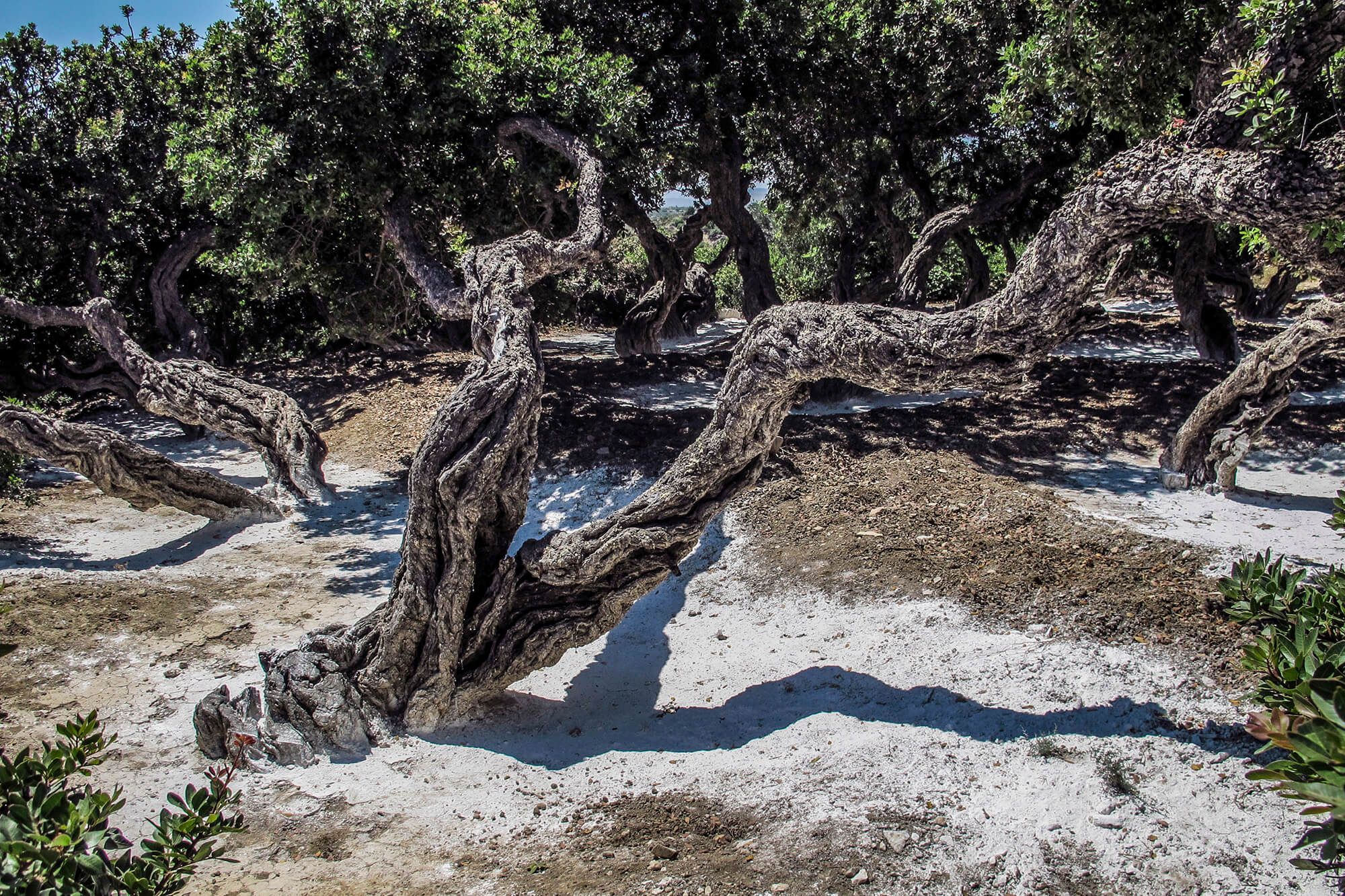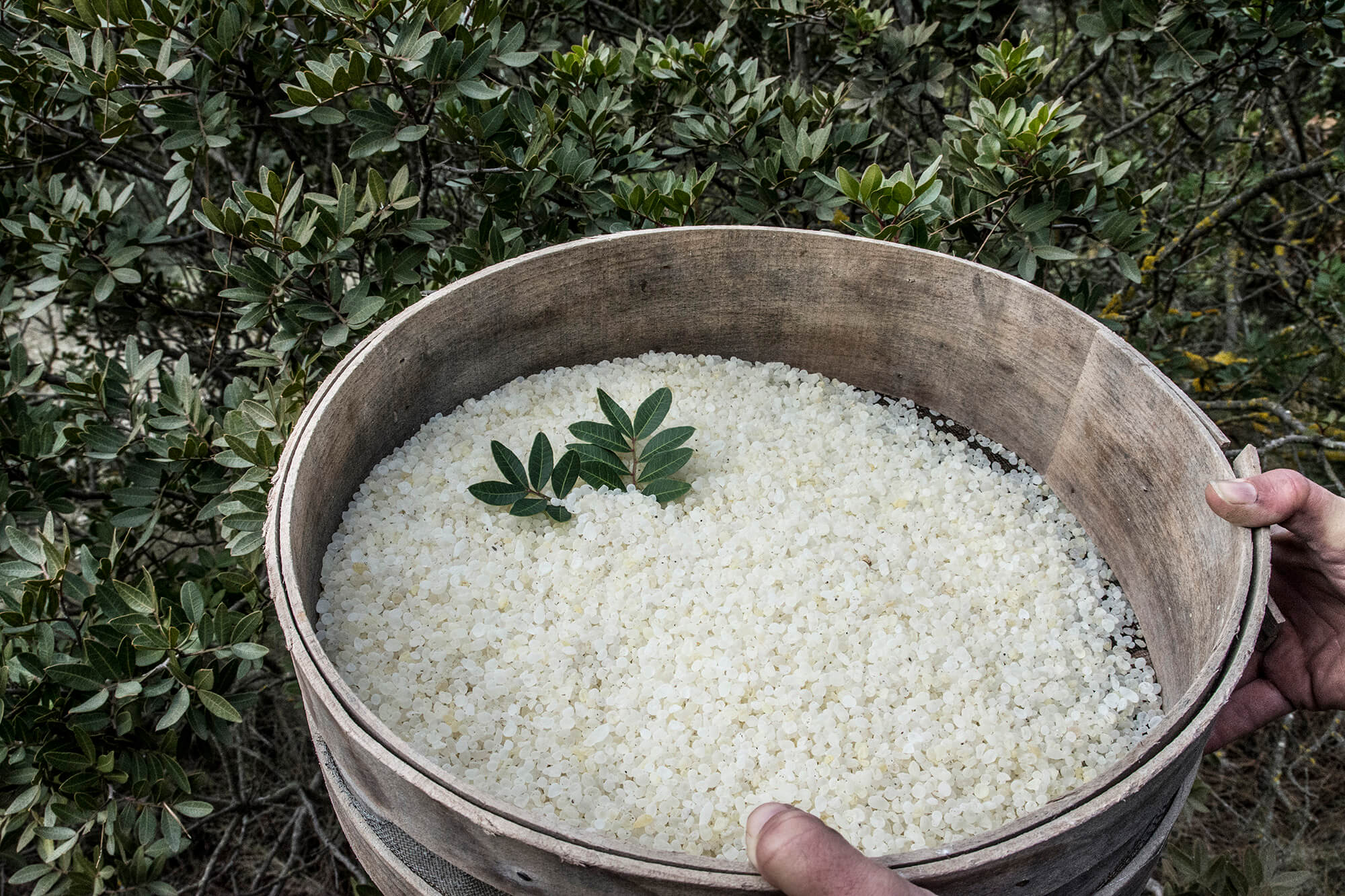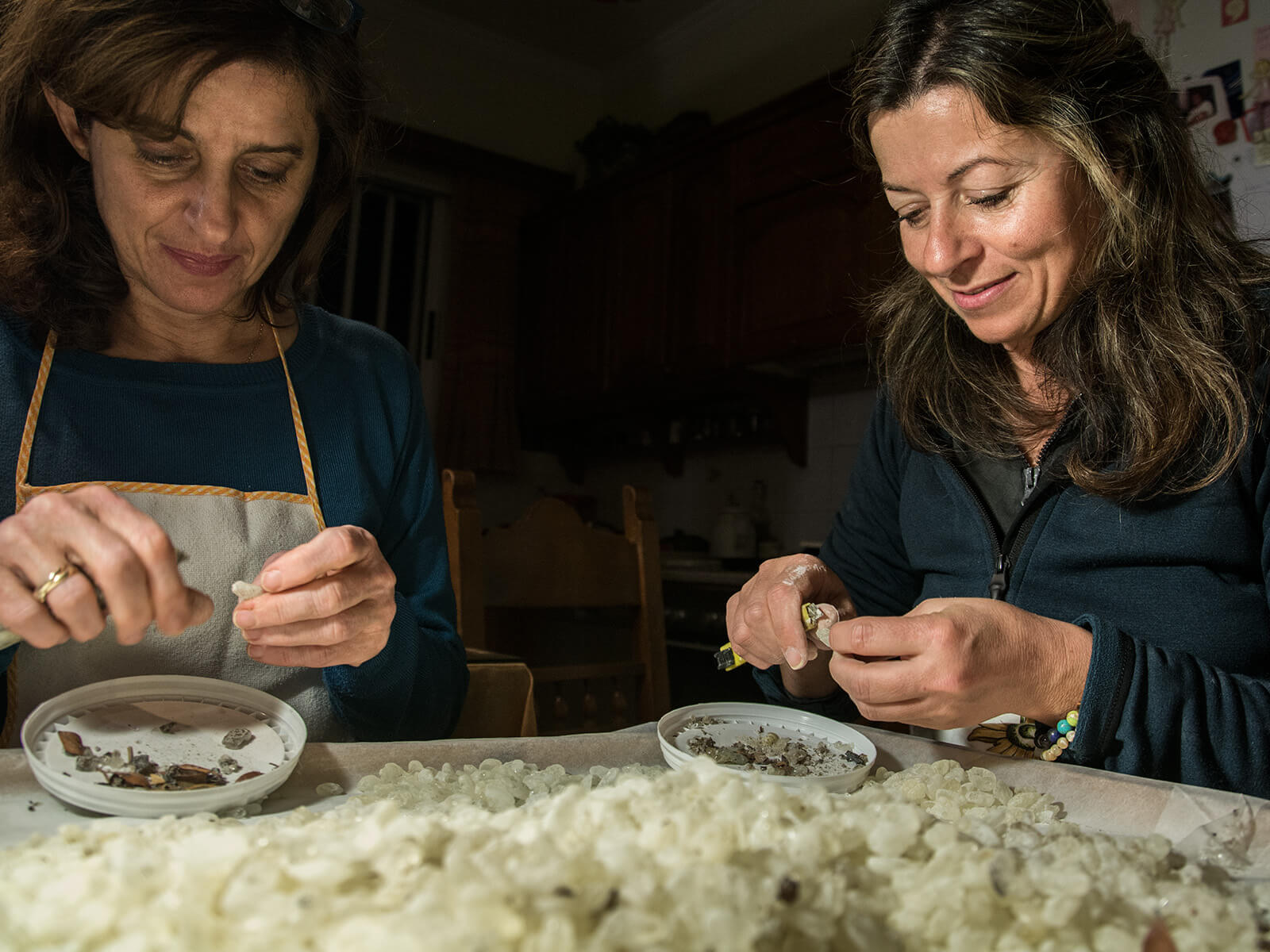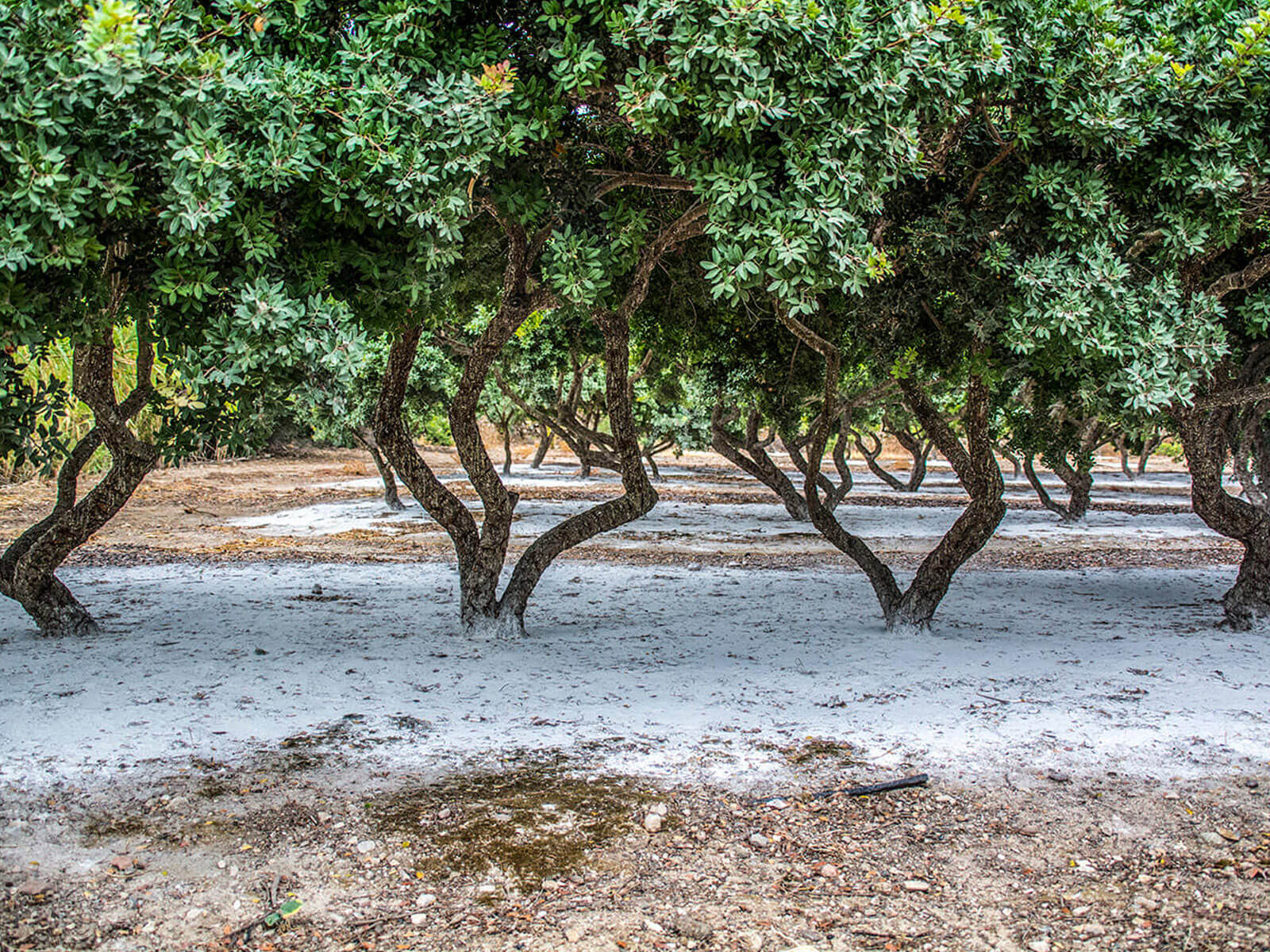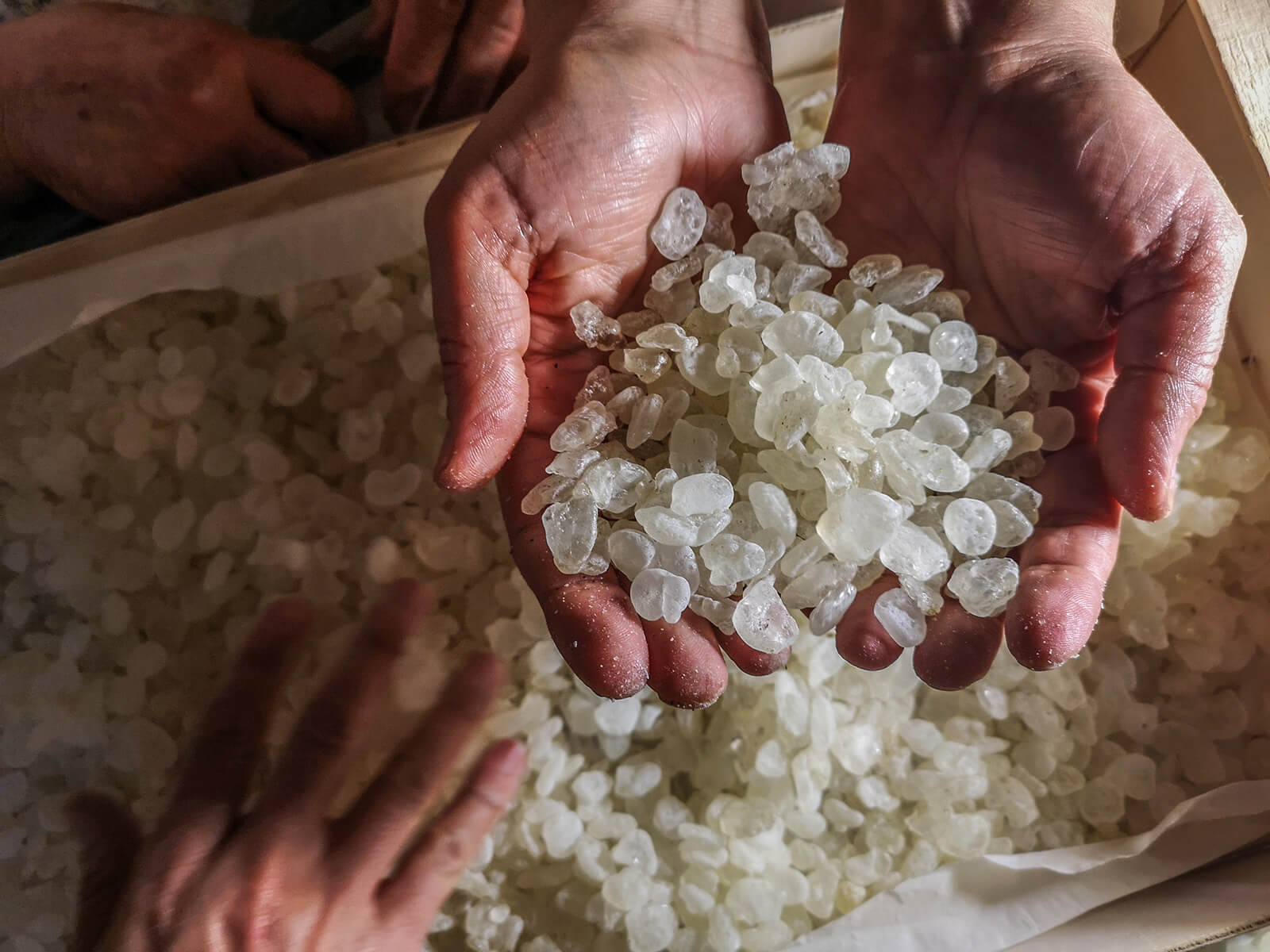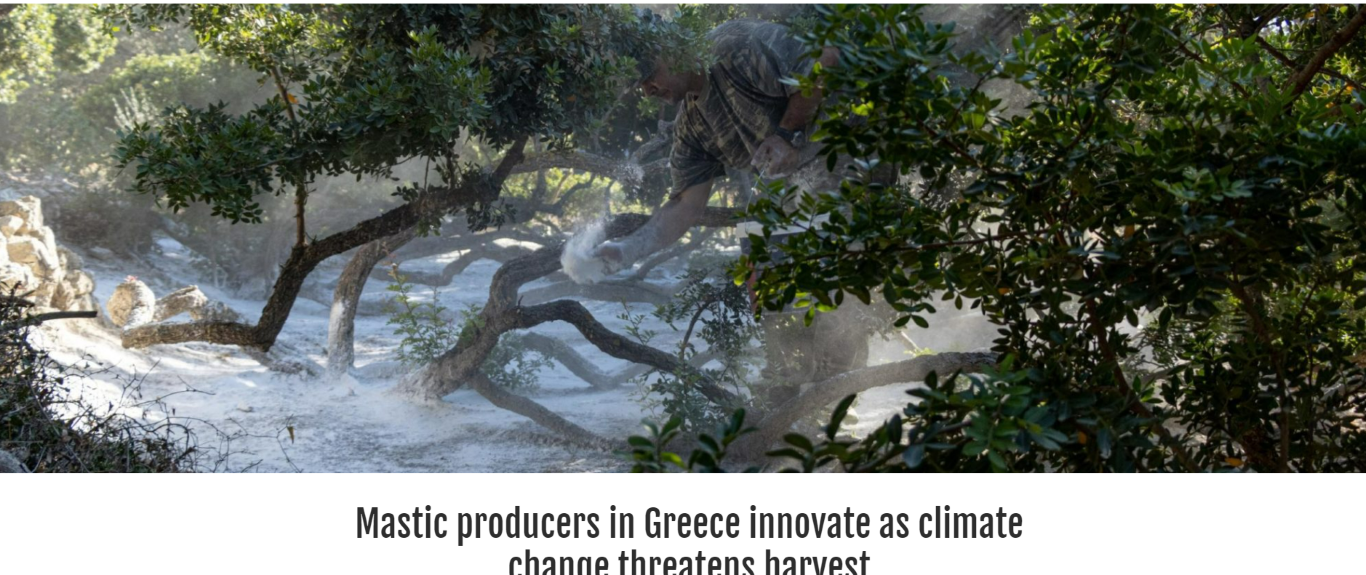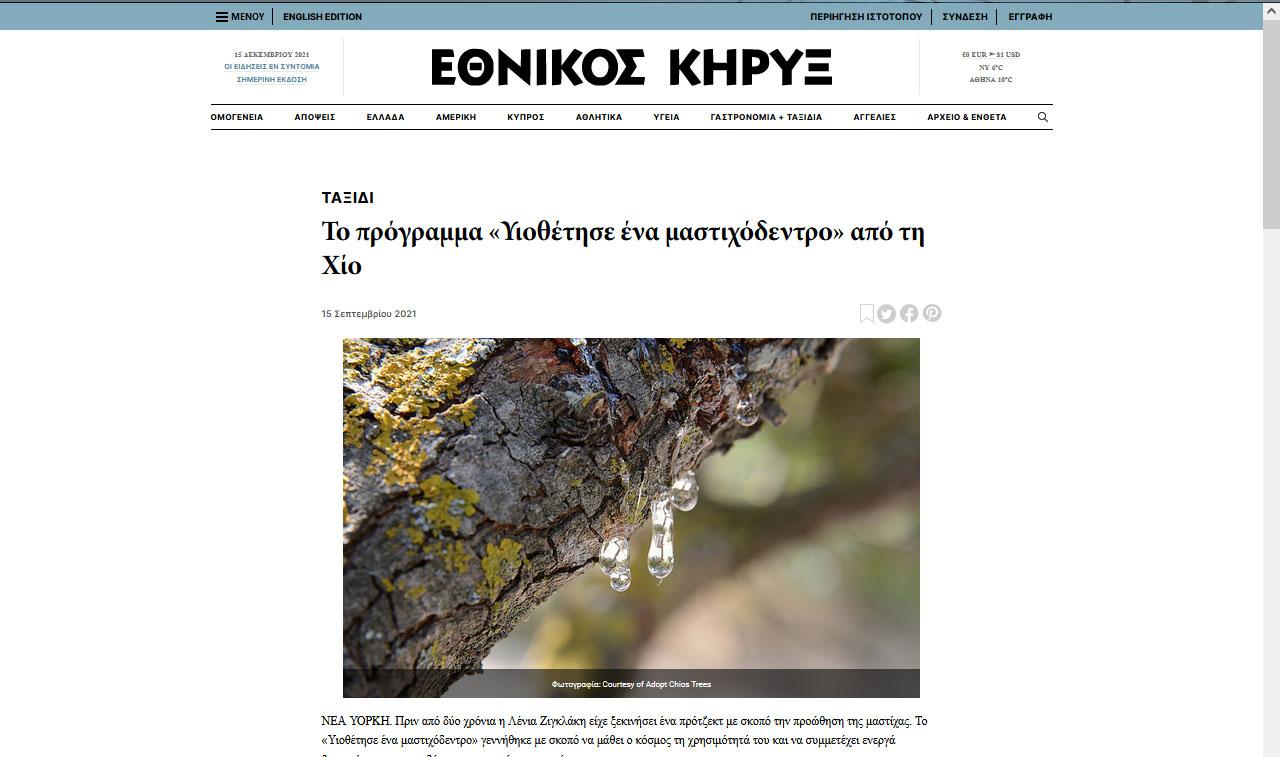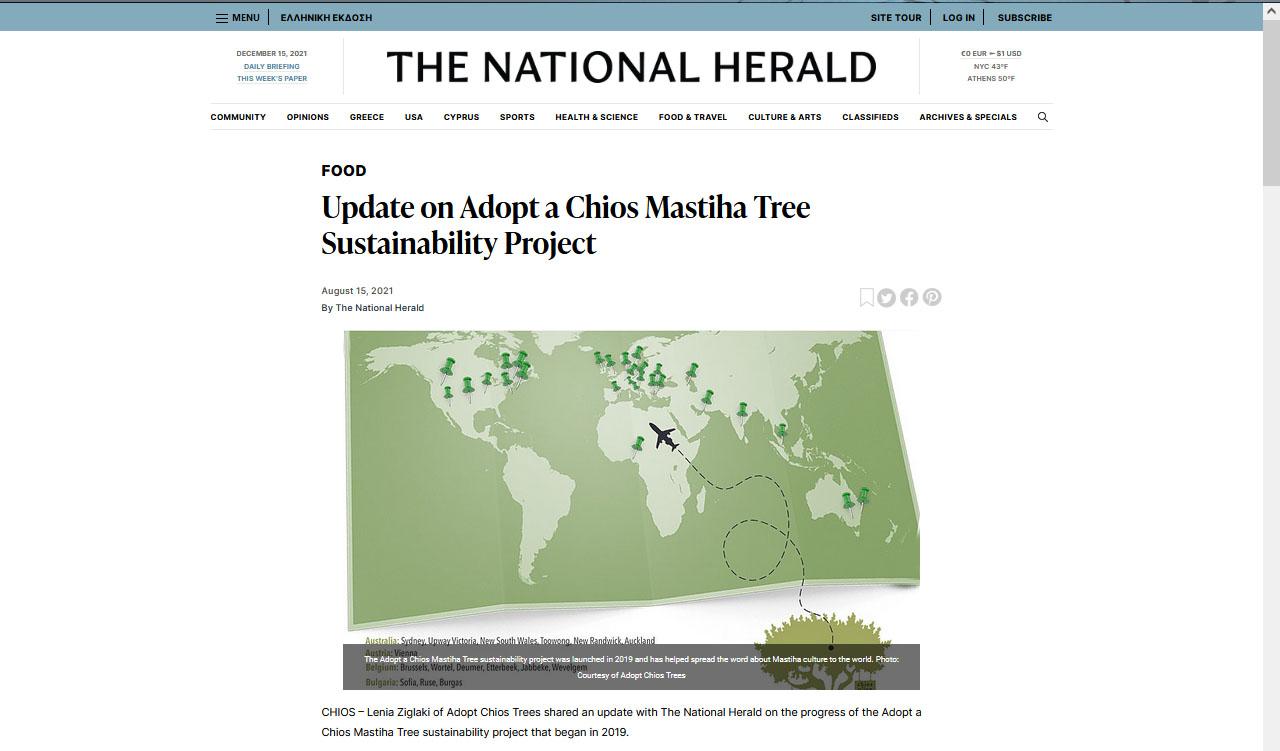Adopt A Chios Mastiha Tree
Give yourself or your friends a great gift. Participate in an environmental project!
Why to Adopt
A Chios Mastiha Tree?
To create roots connecting you to the unique Chios Mastiha Tree. A tree which offers the gift of the precious healing "tear" uniquely to Southern Chios. The Chios Mastiha! A national P.D.O product.
To strengthen the cultivation of Mastiha. A traditional cultivation, which has been included by UNESCO in the list of the Intangible Cultural Heritage of Humanity.
Chios Mastiha Tree
adoption process
Step 01:
Adopt A Chios Mastiha Tree
Step 02:
Receive Your Certificate
Step 03:
Receive Your Gifts
Step 04:
Taste Chios Mastiha
who we are
Driven by our love for the island and its precious trees we decided to create our own environmental project…
where we are
In Chios, a Greek Island of North Aegean! We work in Mesa Didyma, one of the 24 Mastiha villages of South Chios…
how we work
With the traditional cultivation methods in order to give you a pure healing miracle of nature. Chios Mastiha!…
Chios Mastiha Tree
A Gift Of Life
01
Pistacia Lentiscus var Chia
Offers exclusively in South Chios its rare Chios Mastiha
02
Evergreen Shrub
With a height of 2 - 5 meters it gives life all year round in our fields
03
Development
40-50 years are needed for Lentisk to get its final form
04
New Plantations
Grafts, offshoots, or layers give birth to new chicks
Traditional
Chios Mastiha Tree Cultivation
Media
Wrote About Us
Mastic producers in Greece innovate as climate change threatens harvest
Read the article at icwa.org Steven Tagle November 4, 2022 OLYMPOI, Greece — When the sun sets, the grandmothers of Mastichochoria, the 24 mastic-producing villages…
Το πρόγραμμα «Υιοθέτησε ένα μαστιχόδεντρο» από τη Χίο
Read the article at https://www.ekirikas.com/to-programma-yiothetise-ena-mastichod_369287/ ΕΘΝΙΚΟΣ ΚΗΡΥΞ 15 Σεπτεμβρίου 2021 ΝΕΑ ΥΟΡΚΗ. Πριν από δύο χρόνια η Λένια Ζιγκλάκη είχε ξεκινήσει ένα πρότζεκτ με σκοπό…
Update on Adopt a Chios Mastiha Tree Sustainability Project
Read the article at https://www.thenationalherald.com/update-on-adopt-a-chios-mastiha-tree-sustainability-project/ Update on Adopt a Chios Mastiha Tree Sustainability Project August 15, 2021 By The National…
